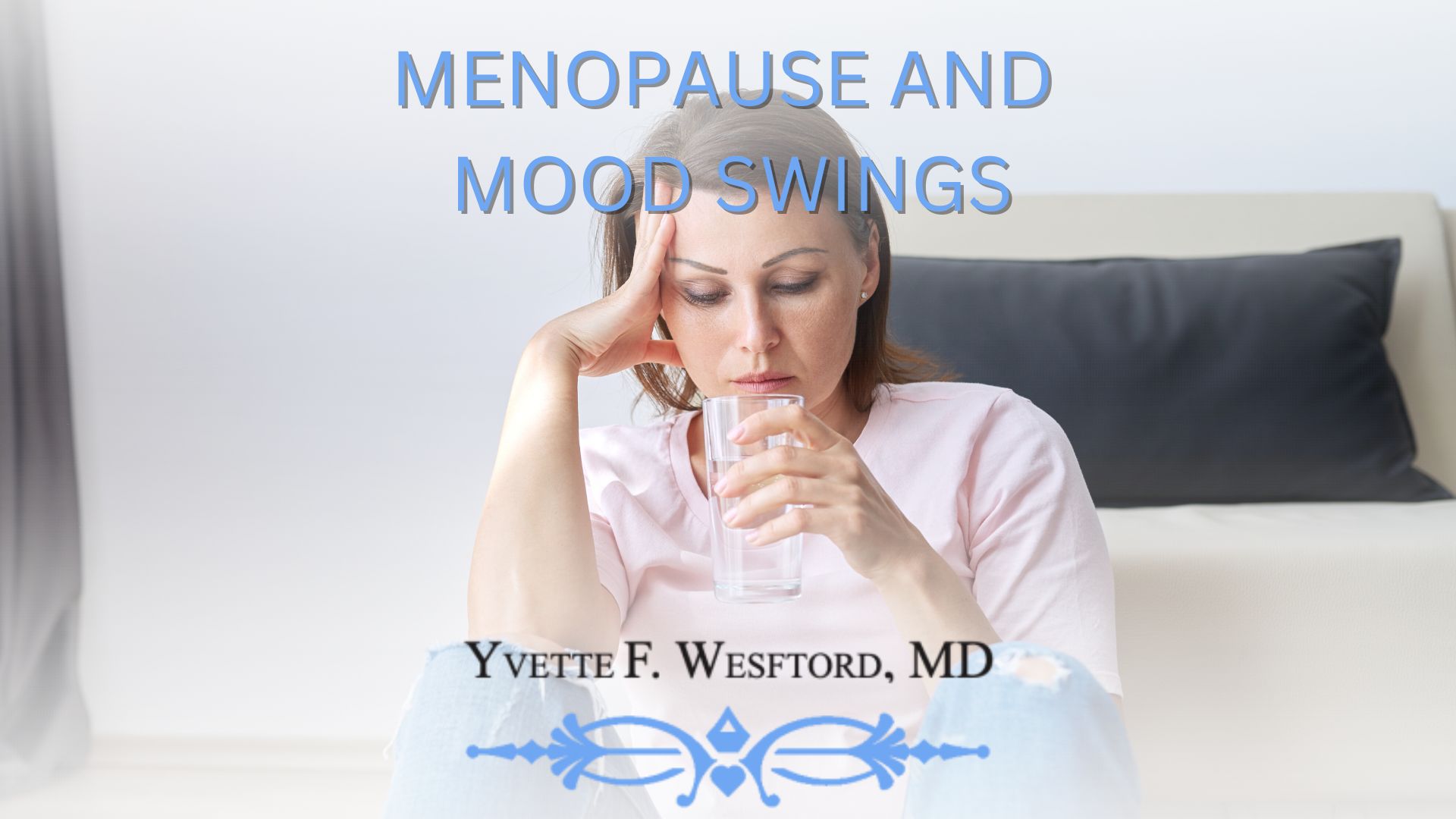Menopause and Mood Swings: You’re Not Going Crazy
Menopause and mood swings come hand in hand. Menopause is a natural biological process that marks the end of a woman’s reproductive years. While often discussed in terms of its physical symptoms, such as hot flashes and night sweats, menopause also significantly impacts mental health, particularly through mood swings. These mood fluctuations can range from irritability and sadness to anxiety and even depression. Understanding the biological underpinnings helps manage them effectively.
The Hormonal Landscape of Menopause
The primary hormones involved in menopause are estrogen, progesterone, and, to a lesser extent, testosterone. These hormones, which regulate the menstrual cycle and maintain reproductive health, also play vital roles in mood regulation and overall mental health.
Estrogen is perhaps the most well-known hormone affected during menopause. It is instrumental in numerous bodily functions, including the regulation of neurotransmitters like serotonin, which is often referred to as the “feel-good” neurotransmitter. Serotonin is crucial for mood stabilization, and reduced estrogen levels can lead to lower serotonin production, contributing to mood swings, irritability, and depression.
Progesterone also decreases during menopause. This hormone has a calming effect on the brain and helps regulate sleep. Lower progesterone levels can lead to increased anxiety, sleep disturbances, and irritability. Additionally, progesterone plays a role in the production of gamma-aminobutyric acid (GABA), a neurotransmitter that has a calming effect on the nervous system. A decline in progesterone can, therefore, reduce GABA levels, exacerbating anxiety and mood disorders.
Although testosterone levels are lower in women than in men, they also decline during menopause. Although testosterone contributes to feelings of well-being and energy, lower levels can lead to decreased motivation, fatigue, and a diminished sense of well-being, which can indirectly contribute to mood changes.
Biological Mechanisms Behind Mood Swings
The fluctuations in hormone levels during menopause disrupt the delicate balance of neurotransmitters in the brain. This disruption is a key factor in the onset of mood swings.
Here’s a closer look at the mechanisms at play:
- Serotonin Regulation: Estrogen influences the synthesis and breakdown of serotonin. As estrogen levels drop, the brain’s ability to produce and maintain adequate serotonin diminishes. This reduction can result in mood swings, depression, and anxiety. Furthermore, estrogen helps regulate serotonin receptors and transporters, meaning its decline affects how well serotonin can function in the brain.
- GABA and Anxiety: Progesterone’s role in promoting the production of GABA means that its decline can lead to decreased GABA activity. Since GABA is responsible for reducing neuronal excitability, lower levels can cause increased anxiety and mood instability. Women may find themselves more irritable or anxious without understanding the physiological reasons behind these feelings.
- Endorphins and Stress: Estrogen also impacts the production of endorphins, which are the body’s natural painkillers and mood elevators. Lower estrogen levels can lead to a decrease in endorphin production, making women more susceptible to stress and emotional pain during menopause.
- Hypothalamic-Pituitary-Adrenal (HPA) Axis: The HPA axis, which controls reactions to stress and regulates many body processes, including mood and emotions, can also be affected by menopause. Changes in hormone levels can dysregulate the HPA axis, leading to increased stress response and emotional lability.
Managing Menopausal Mood Swings
Understanding the biological roots of menopausal mood swings allows for better management strategies. Bioidentical Hormone Replacement Therapy (BHRT) can help by stabilizing hormone levels, thereby alleviating some of the mood-related symptoms. Blood tests done at the beginning of treatment help your provider know where to start your therapy.
Non-hormonal strategies include lifestyle modifications such as regular physical exercise, which can boost endorphin and serotonin levels. A balanced diet rich in phytoestrogens, like those found in soy products, can also help mitigate some hormonal imbalances. Additionally, psychological therapies, such as cognitive-behavioral therapy (CBT), can provide women with strategies to manage mood swings effectively.
In conclusion, menopause is a complex transition involving significant hormonal changes that impact mental health. By understanding the biological mechanisms underlying mood swings, women and healthcare providers can work together to develop comprehensive strategies to manage these symptoms, improving quality of life during this challenging phase.
Biote BHRT and Pellet Therapy
Bioidentical Hormone Replacement Therapy (BHRT) involves using chemically identical hormones to those the body naturally produces. It has gained prominence as a key strategy for managing mood swings and other symptoms during menopause by optimizing hormone levels. One notable method within BHRT is Biote Pellet Therapy. This approach utilizes small, rice-sized pellets inserted under the skin to deliver consistent hormone levels. Biote, a leader in this field, was founded in 2012 with a mission to improve health through hormone optimization. By maintaining stable hormone levels, Biote Pellet Therapy helps alleviate mood swings, enhancing overall well-being during menopause. This therapy represents a significant advancement in personalized medicine, providing a tailored solution that addresses the unique hormonal needs of each individual.
Call our office at (281) 201-2606 to schedule an appointment for a consultation. You can also take our WOMEN’S Quiz or MEN’S Quiz to get started now.


